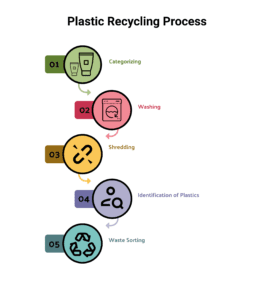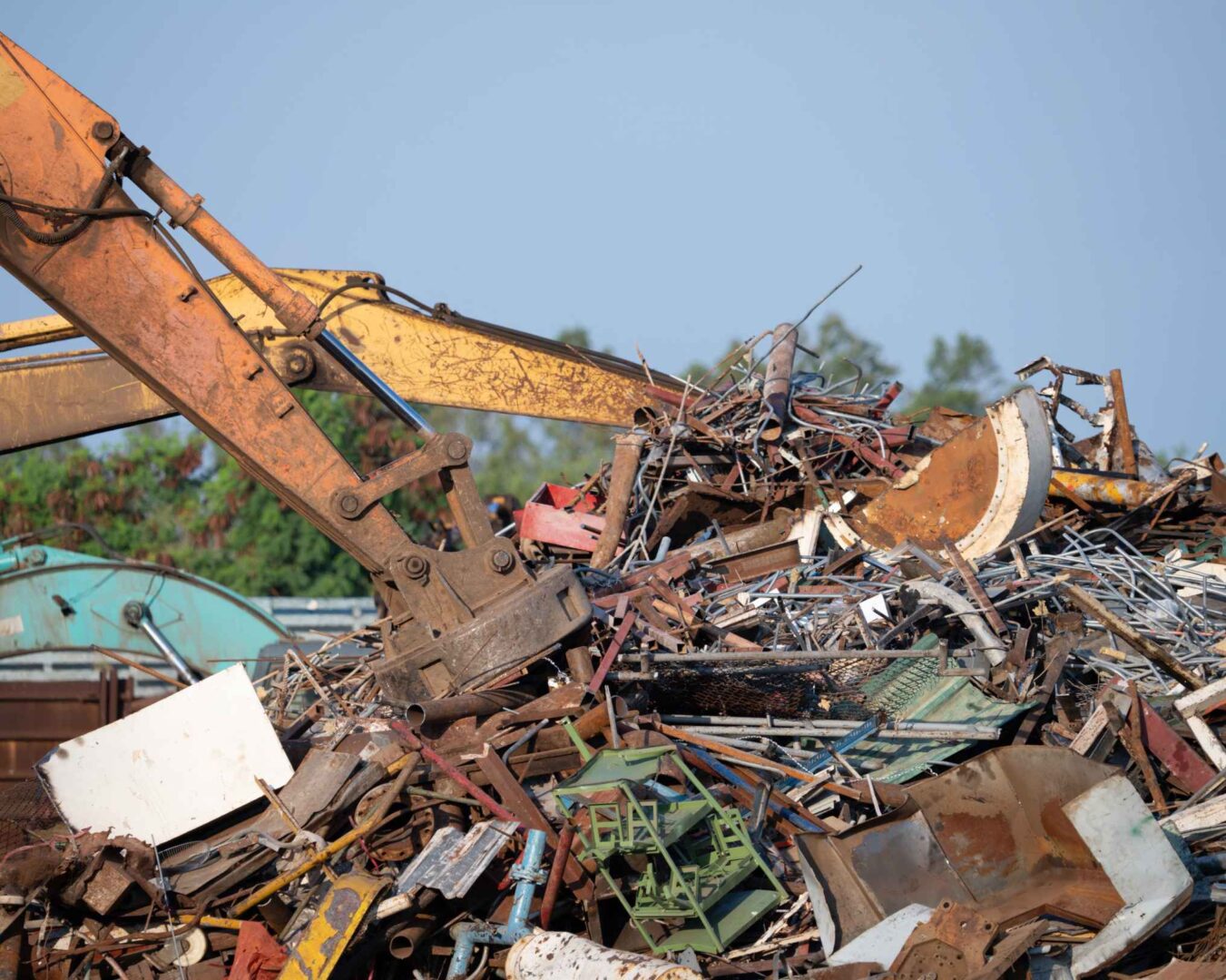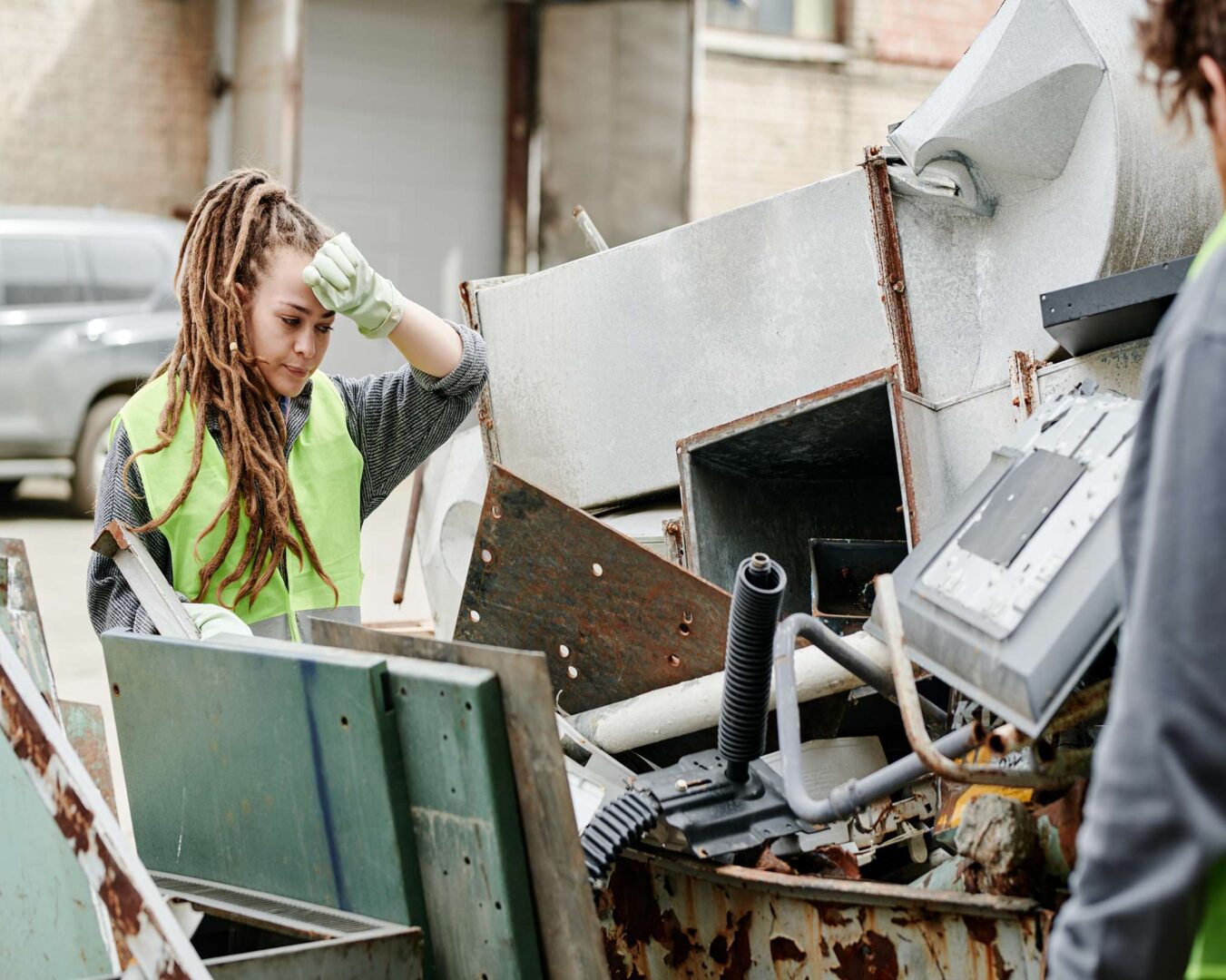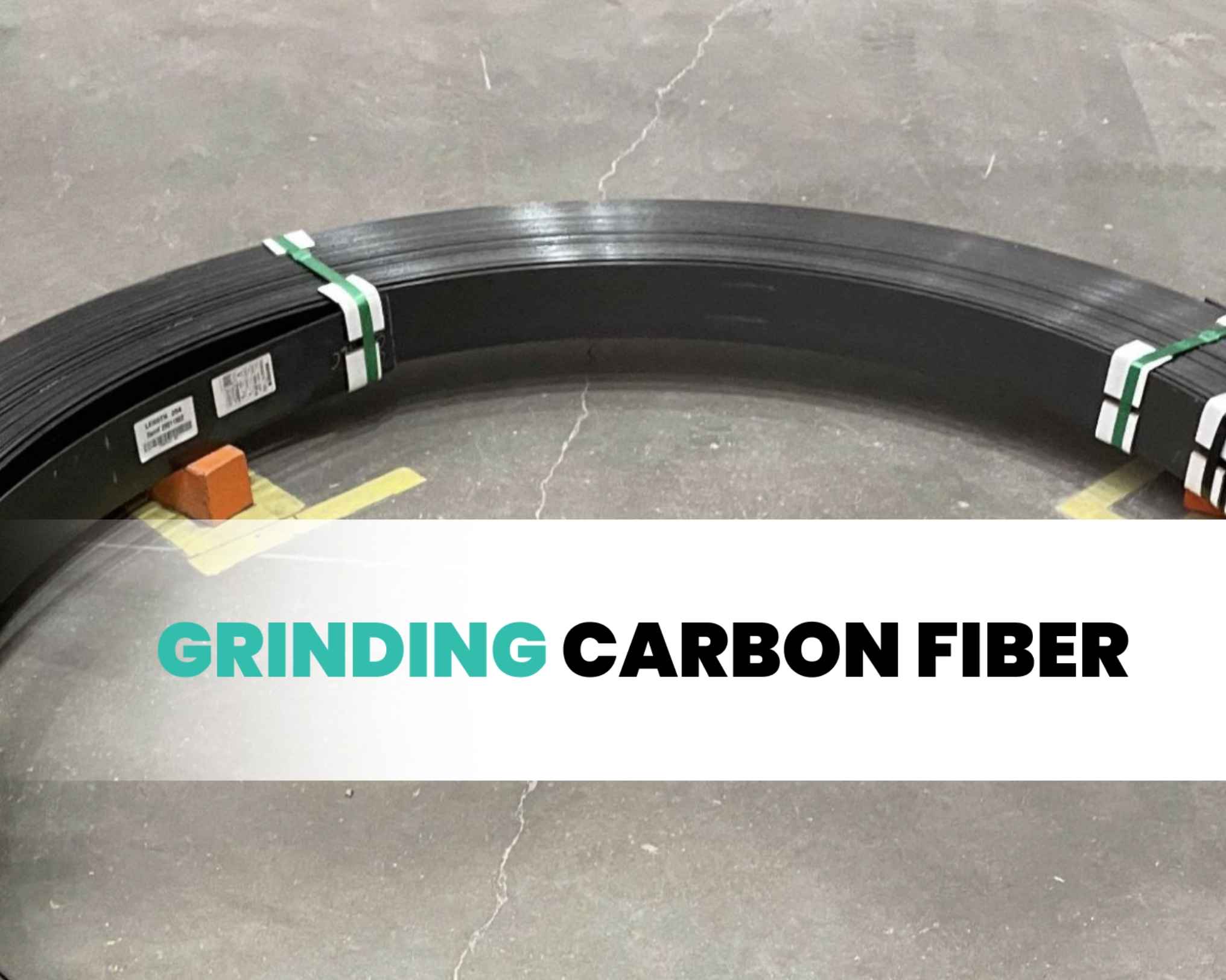Every minute, the equivalent of a garbage truck of plastic is dumped into our oceans. Amidst this backdrop, the cosmetic industry, often celebrated for its innovations, emerges as a significant contributor to the problem. Cosmetics disposal has become a pressing concern.
According to a report by Zero Waste Europe, the beauty industry produces over 142 billion units of packaging every year. The majority of these are non-recyclable. This alarming statistic underscores the urgent need for sustainable solutions.
In this article, we will uncover the procedures for disposing of plastics in the cosmetic industry. We will also explore eco-friendly alternatives for a more sustainable future.
Table of Contents
The Reality of Plastic Waste in the Cosmetic Industry
The beauty industry brings with it a mountain of plastic waste. From shampoo bottles to makeup containers, the majority of cosmetic products are packaged in plastic. That contributes to the global plastic pollution crisis.
- Environmental Impact: The environmental ramifications are severe, with plastic waste contributing to pollution in our oceans, affecting marine life, and entering our food chain.
- Consumer Responsibility: As consumers, it is imperative that we are aware of our plastic footprint and take steps to minimize it. Opting for products with sustainable packaging or supporting brands that take a stand against plastic pollution are small yet significant steps towards change.
The Lifecycle of Cosmetic Plastics
The journey of a cosmetic plastic container does not end at the trash bin. It extends far beyond, impacting the environment in various ways.
Landfills: A significant portion of cosmetic plastics end up in landfills, where they take hundreds of years to decompose, releasing harmful chemicals into the soil and water in the process.
Plastic Recycling Process: The recycling of cosmetic plastics involves several steps, each crucial for ensuring that the plastic is properly processed and repurposed.
- Categorizing: Plastics are sorted based on their resin content and color.
- Washing: Containers are cleaned to remove any residue, ensuring that they are ready for recycling.
- Shredding: The cleaned plastics are then shredded into smaller pieces.
- Identification of Plastics: The type of plastic resin is identified, determining the recycling method to be used.
- Waste Sorting: Finally, recyclable materials are separated from non-recyclable items.
The Rise of Refillable Products
In response to the plastic waste crisis, the cosmetic industry is seeing a shift towards refillable products. Brands are introducing refill stations and encouraging consumers to reuse their containers.
- Economic Benefits: Refillable products often come at a reduced cost, providing economic incentives for consumers.
- Reduced Carbon Footprint: By reusing containers, the production of new plastic is minimized. This leads to a reduction in the overall carbon footprint of the product.
The Dangers of Single-Use Wipes
Single-use wipes are a major environmental concern, with their convenience coming at a high environmental cost. These wipes contribute significantly to landfill waste.
- Environmental Degradation: The wipes, which can take up to 100 years to decompose, pose a threat to marine life and contribute to the larger issue of plastic pollution.
- Health Concerns: The chemicals used in these wipes can leach into water sources, potentially affecting both marine life and human health.
The Role of Happen Ventures in Cosmetics Disposal
The journey towards sustainable cosmetics disposal is fraught with challenges and complexities, both for businesses and consumers alike. Happen Ventures stands as a beacon of innovation and responsibility, navigating these turbulent waters to provide eco-friendly solutions.
- Challenges for Businesses in Cosmetics Disposal:
Many businesses in the cosmetic industry are grappling with the need to adopt sustainable practices while also maintaining profitability and customer satisfaction. The transition to eco-friendly packaging or refillable products requires significant investment and a shift in operational practices. Additionally, there is the challenge of educating consumers and encouraging them to participate in sustainable practices, such as returning containers for refills.
Consumer Hesitancy in Cosmetics Disposal:
On the consumer end, there is often hesitancy and lack of awareness about the importance of sustainable cosmetics disposal. The convenience of single-use products is deeply ingrained, and shifting consumer behavior requires concerted effort and education. There is also the challenge of accessibility, as not all consumers have easy access to recycling facilities or refill stations.
- Issues with Waste-to-Energy:
While waste-to-energy technologies present a promising solution to the plastic waste problem, they are not without their issues. The process of converting plastic to energy can produce emissions and pollutants, contributing to air pollution if not properly managed. Additionally, there is the concern that waste-to-energy solutions may detract from the push towards reducing plastic production in the first place.
Happen Ventures’ Beneficial Reuse Solution:
Happen Ventures has recognized these challenges and has stepped up to provide a sustainable solution through their beneficial reuse program. Instead of contributing to the cycle of waste, they have adopted a model of donating cosmetic products to communities in need. This not only ensures that the products are used to their full potential, but also fosters a sense of community and social responsibility.
- Closing the Loop:
By redirecting cosmetic products from the waste stream to communities that can benefit from them, Happen Ventures is helping to close the loop and create a more circular economy. This approach not only addresses the environmental impact of cosmetic waste but also contributes to social well-being, proving that sustainability and corporate responsibility can go hand in hand.
Innovative Methods in Cosmetics Disposal
The fight against plastic waste has led to the development of innovative disposal methods, transforming waste into valuable resources.
- Waste-to-Energy Technologies: These technologies convert plastic waste into biofuel, providing a sustainable energy source. This reduces the amount of waste sent to landfills.
- Pyrolysis: This chemical recycling process breaks down plastics into smaller molecules. It be used then to create fuels or other products.
Final Thoughts
The cosmetic industry’s reliance on plastic packaging has significant environmental implications. However, through responsible disposal practices, the adoption of refillable products, and the support of innovative waste management solutions, we can mitigate the impact of cosmetic waste and contribute to a more sustainable future.





